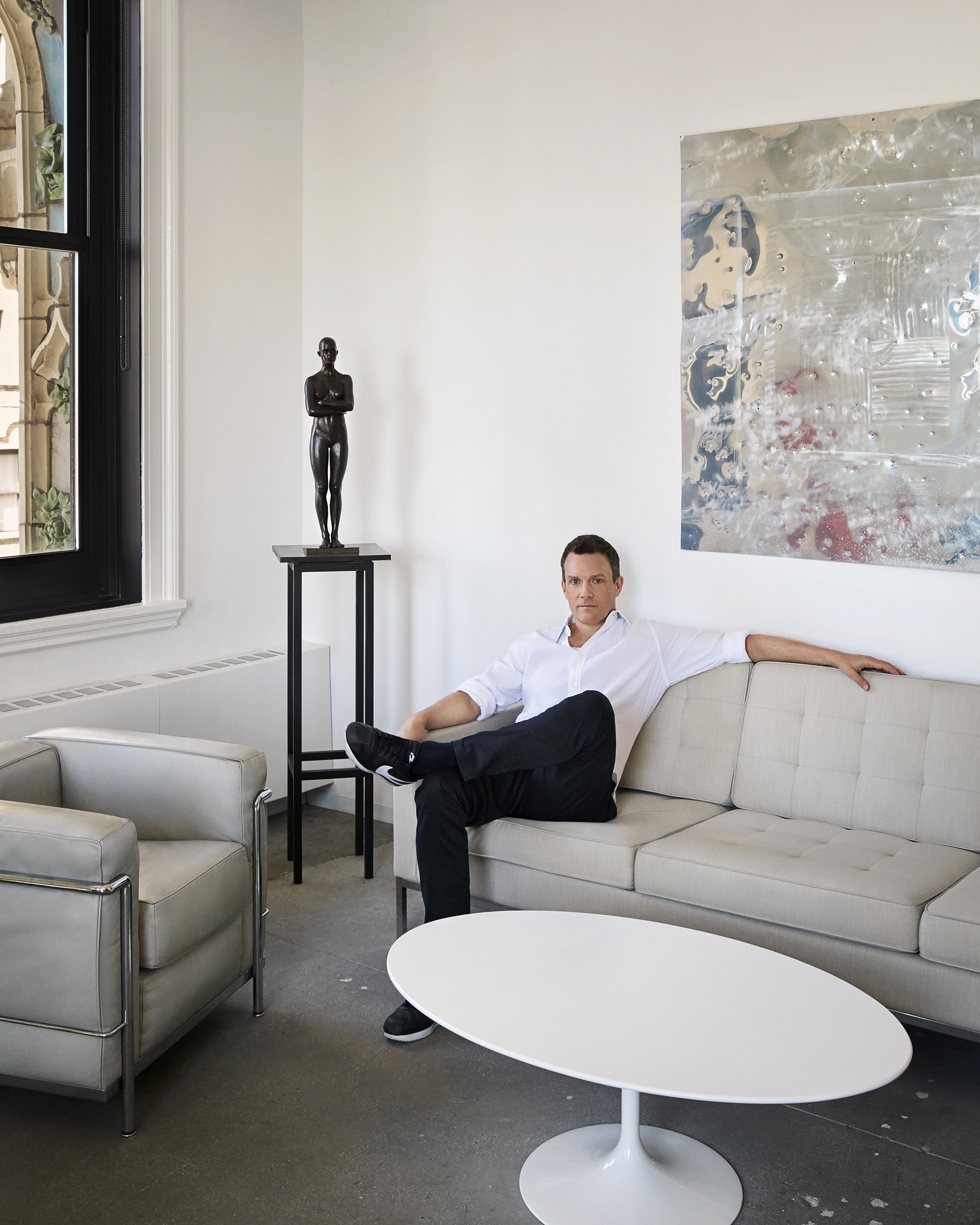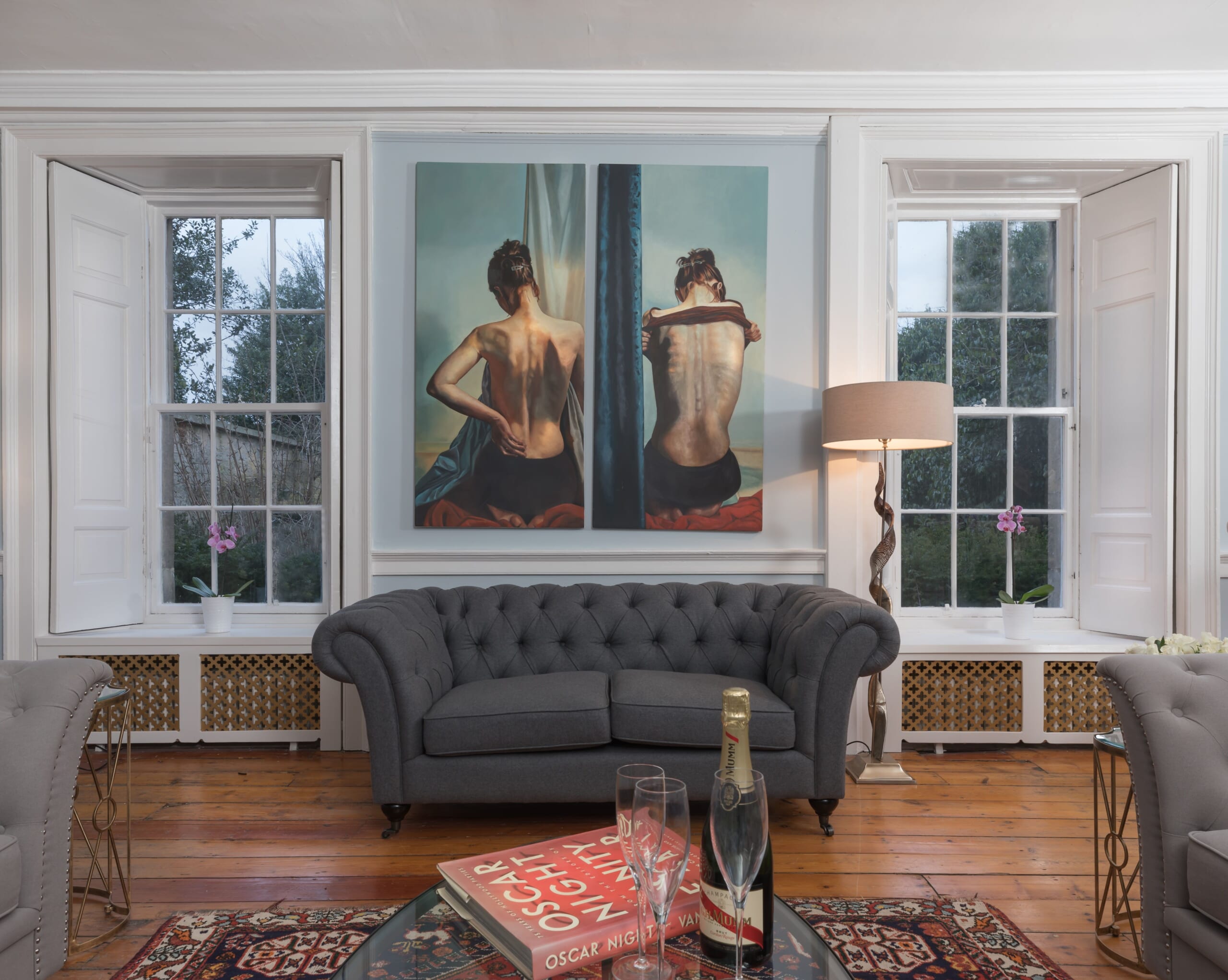5 Essential Tips For Starting An Art Collection
“When building your collection, try not to look at artwork as an investment, or else you’ll run the risk of disappointment.”

Building an art collection can seem like a daunting enterprise, replete with high-priced auctions, intimidatingly pristine galleries and the sensory overload of mega events like December’s Art Basel Miami. But if you’ve got a good eye, a modest budget and a smart buying strategy, scoring some signature pieces to liven up your home decor is totally do-able. We consulted Jacob Pabst, CEO of art market website Artnet, for his top five tips for first-time buyers. After all, every good art collection has to start somewhere.

Not All Art Is An Investment
“As in any market, there are good products and bad products. Some art simply has no resale value at all. When building your collection, try not to look at artwork as an investment, or else you’ll run the risk of disappointment. For instance, one of the very first artists I collected was Billy Al Bengston. I love his work. He’s a West Coast artist famous for his association with midcentury car and motorcycle culture. Bengston uses the industrial tools of carmakers, particularly spray paint and lacquer applied to sheets of aluminum. Very cool stuff. I have a sculpture in my office and never get tired of looking at it.”
Buy It Because You Love It
“Don’t just buy it because it’s a print by Miro or ceramic by Picasso. You’ll often find that the high price tags that come with big names are more about the big names than the quality of the piece. At the end of the day, you’re the one who has to live with the art—so make sure you’re buying it because you like the art, not the name.”

Do Your Research
“Thanks to powerful tools like the Artnet Price Database, the art market has become more transparent and accessible than ever. Before purchasing a piece of art, make sure you have done your research. What do similar pieces by the artist typically sell for? How have the artist’s prices held up long-term? If you are looking at photography make sure you understand the number of editions of the print and how those editions have sold over time. Dealers respect clients who have done their research. But at the same time, don’t be afraid to ask questions, even if you feel intimidated by the mere thought of entering a gallery or auction house. It’s always worth going in person and asking questions before you buy. Trust me, the staff there will actually be happy to see you, and happy to answer your questions.”

Consider Buying Art Online
“Online auctions like Artnet Auctions are becoming a great way to break into collecting. Our sales are carefully curated, they don’t carry the overhead of brick-and-mortar sales (which means lower buyer’s fees), and we sell the same quality works that you would find at traditional auctions. It’s also less intimidating than showing up at Sotheby’s to bid with no prior experience, and is a good way to learn the rhythm, flow, and pricing of the auction market.”
Cultivate Relationships With Art World Pros
“You won’t really get to know art dealers after just one purchase. It takes time to cultivate those relationships. Sign up for a gallery’s email list, show up for the next show opening, drop by the gallery when they have something new. Put in the time it takes to get to know people in the art world, like gallerists, artists, art advisors, auction house specialists and curators. You can pick up some tricks of the trade just by being in their company. Best of all, you’ll eventually get to count some of the most interesting people in the world among your friends.”









